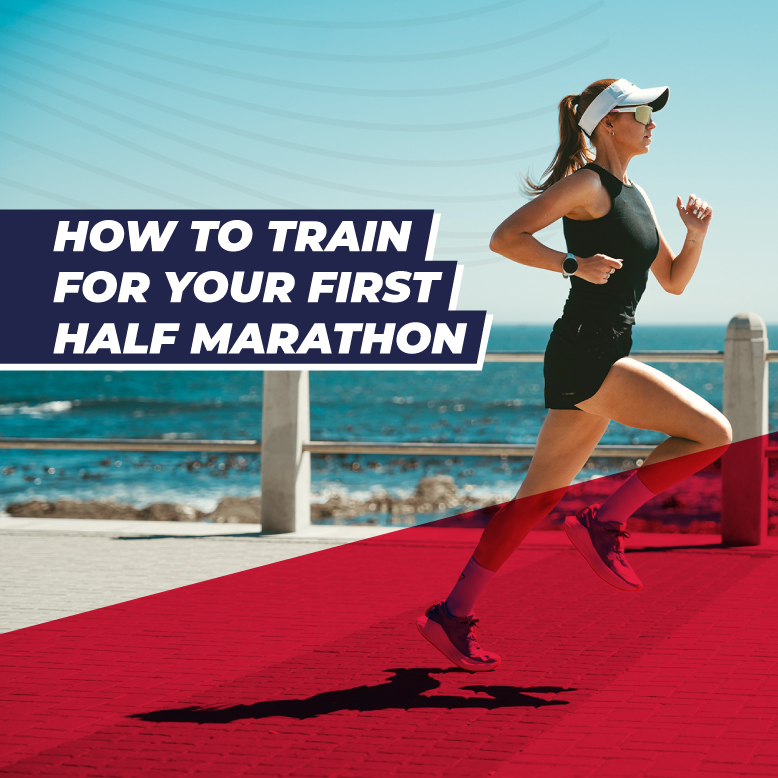
Cramps are extremely common among endurance athletes, with studies suggesting that cramps affect up to 67% of triathletes during or after training or racing and between 18–70% of marathoners and cyclists¹.
A cramp is a temporary but intense and often painful involuntary muscle contraction that can occur in many different situations, with various potential causes. When experienced during training or a race, this often debilitating condition is referred to as exercise-associated muscle cramping (EAMC). These cramps are characterised by an unpredictable onset, with variable intensity and duration.
References:
- Maughan RJ, Shirreffs SM. Muscle Cramping During Exercise: Causes, Solutions, and Questions Remaining. Sports Med. 2019 Dec;49(Suppl 2):115-124. doi: 10.1007/s40279-019-01162-1. PMID: 31696455; PMCID: PMC6901412.
- Noonan B, Bancroft RW, Dines JS, Bedi A. Heat- and cold-induced injuries in athletes: evaluation and management. J Am Acad Orthop Surg. 2012 Dec;20(12):744-54.
- Jung AP, Bishop PA, Al-Nawwas A, Dale RB. Influence of Hydration and Electrolyte Supplementation on Incidence and Time to Onset of Exercise-Associated Muscle Cramps. J Athl Train. 2005 Jun;40(2):71-75. PMID: 15970952; PMCID: PMC1150229.
- Schwellnus MP. Cause of exercise associated muscle cramps (EAMC)–altered neuromuscular control, dehydration or electrolyte depletion? Br J Sports Med. 2009 Jun;43(6):401-8. doi: 10.1136/bjsm.2008.050401. Epub 2008 Nov 3. PMID: 18981039.
- Schwellnus MP, Drew N, Collins M. Increased running speed and previous cramps rather than dehydration or serum sodium changes predict exercise-associated muscle cramping: a prospective cohort study in 210 Ironman triathletes. Br J Sports Med. 2011 Jun;45(8):650-6. doi: 10.1136/bjsm.2010.078535. Epub 2010 Dec 9. PMID: 21148567.










